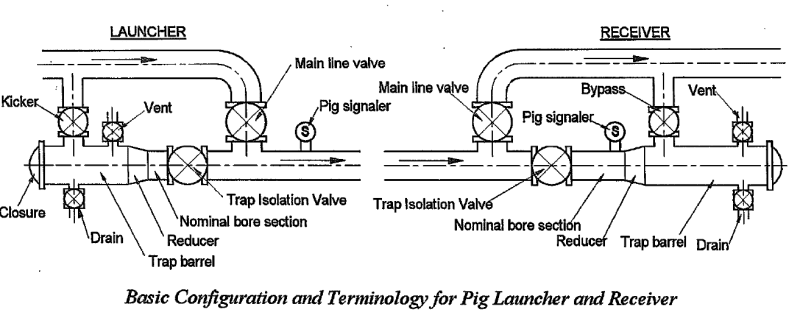I have a trouuble with pigging operation. Let me introduce you first. see the picture attached for your reference. And if you know pigging operation well you will understand myquestion easily. While receiving a pig, if the bypass line at receiver station is not large enough and I could not fully close mainline valve at receiver. So I decided to partially close mainline valve with fully open bypass line. The objective of partially close mainline valve is to make almost flow go through bypass line and the pig can reach pig trap.
My question is mainline valve is ball valve how damage on that ball valve?

My question is mainline valve is ball valve how damage on that ball valve?

